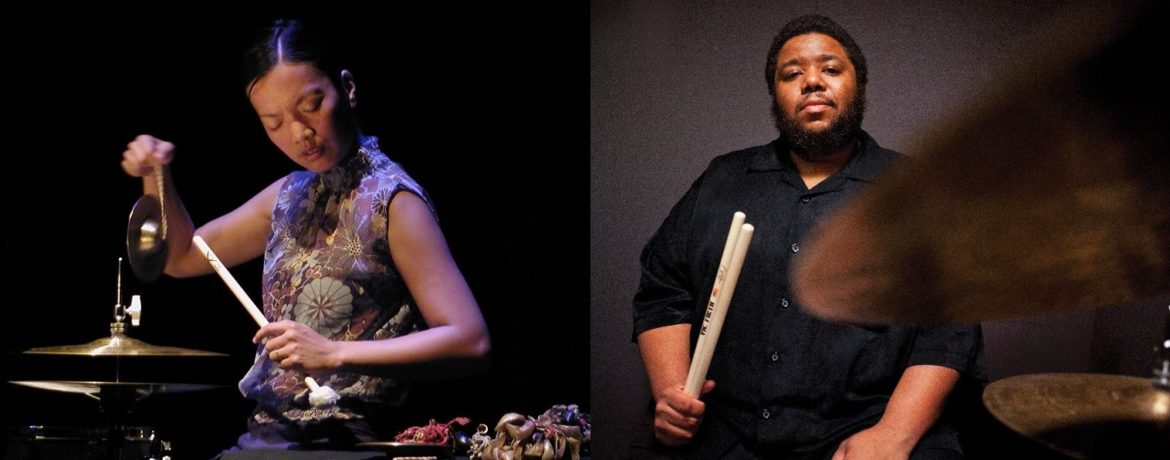Color Theory 2.0: Saxophones and Percussion / PRISM Quartet with Susie Ibarra and Tyshawn Sorey
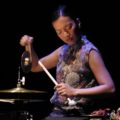
Note: The June 3rd NYC performance has a new time and venue due to emergency building repairs at the DiMenna Center. Please join us at 3 p.m. at Christ & St. Stephen’s Church, 120 W 69th St., New York, NY 10023. Buy tickets here.
The PRISM Quartet presents Color Theory 2.0: Saxophones and Percussion following the 2017 release of the group’s critically acclaimed COLOR THEORY album with So Percussion and Partch (XAS Records, trailer below).
Color Theory 2.0 spotlights Susie Ibarra and Tyshawn Sorey, groundbreaking percussionist/composers who join PRISM as soloists in world premieres of their own works. Join us for free concerts at two branches of The Free Library of Philadelphia — June 2nd at Joseph E. Coleman Northwest Regional Library and June 4th at Parkway Central Library — and in a ticketed concert in New York City on June 3rd.
Both Ibarra and Sorey share PRISM’s dedication to crossing musical boundaries; they bring a vast array of cultural, compositional, and improvisatory practices to the project. Color Theory 2.0 also features world premieres of stand-alone saxophone quartets by Elizabeth Hoffman, Professor of Composition at New York University, and Max Chung, winner of the annual PRISM Quartet/Walden School Young Composer Commissioning Award.
Color Theory 2.0 concerts include select works by participants of Unlocking Your Inner Composer, free composition workshops conducted by PRISM, Ibarra, and Sorey at the Free Library of Philadelphia in April and May for the benefit of nearly 60 aspiring Philadelphia composers, ages 13-60. The June 4th program also includes the Philadelphia premiere of Refluent, Conspiring, co-composed by New York University’s J. Martin Daughtry and Joel Rust.
WHAT IS “COLOR THEORY?” IS THIS A VISUAL ARTS PROJECT?
Color Theory 2.0 is a music project inspired by science and the visual arts. In the 1670s, Sir Isaac Newton discovered the origin of color by shining a beam of light through a prism, splitting it into the colors of a rainbow. Throughout the centuries, visual artists have developed a body of knowledge (color theory) about mixing pigments to create color combinations that provoke powerful emotional responses.
We are using the idea of “color” as a framework to explore the spectra that make up instrumental sound, to create a new body of music combining saxophones and percussion. Color Theory pioneers new possibilities of orchestration and musical color with first-time collaborations that represent enormous unexplored potential.
PROGRAM
Procession, along the Aciga Tree (2018, world premiere) by Susie Ibarra
Nebulae (2018, world premiere) by Tyshawn Sorey
parcels of clarity (2018, world premiere) by Elizabeth Hoffman
Subaquatic Rift (2018, world premiere) by Max Chung
Quartet, II. Quasi Allegro alla Marcia (1996) by Robert Capanna
June 4th performance only: Refluent, Conspiring (2018) by J. Martin Daughty and Joel Rust (2018, Philadelphia premiere)
Select works (TBA) from Unlocking Your Inner Composer workshops
COMPOSERS ON THEIR NEW WORKS FOR THE PRISM QUARTET

“Procession , along the Aciga Tree is a new work composed for PRISM Quartet and drumset/percussion. Beautiful acacia trees are commonly seen throughout the forest areas of the northern Luzon in the Philippines. One of the largest acacia trees known in the province of Kalinga is the Aciga Tree which is said to be a tree of treasures. Procession is inspired by the tradition of processional music in the north of the Philippines often found weaving through the forests. This piece draws upon interlocking rhythms, shifting melodies, pulses and cross rhythms. It imagines a sonic procession amidst the Acacia to the Aciga tree.”
Susie Ibarra is known for her innovative style and cultural dialogue as a composer, improviser, percussionist, and humanitarian. She is interested in the intersection of tradition and the avant-garde, and how this informs and inspires interdisciplinary art, education and public service. Ibarra creates live and immersive music that explores rhythm, Indigenous practices, and interaction with the natural world.

“My work is inspired by clouds, how they move, morph, intersect, and merge over time to create new forms, sometimes at an imperceptibly slow pace, other times in quick cascading motions. So the piece is a meditation on shape-shifting (and forming new identities) in which rhythmic material is processed and continually reinterpreted through irregular changing meters, and pitched material moves between tonality and atonality to to create a kind of aural nebulae. I’ll join PRISM on pitched percussion primarily, including vibes and glockenspiel.”
Tyshawn Sorey is a composer, performer, educator, and scholar working across an extensive range of musical idioms. A 2017 MacArthur Fellow and 2015 Doris Duke Impact Award recipient, Sorey performs percussion, trombone and piano nationally and internationally with his own ensembles and leading jazz/experimental artists. His compositions integrate African diasporic, Western classical, and avant-garde musical forms.
“Words of my mom have visited me a lot while writing this piece, including a poem she wrote about memories: ‘…there are those that fade from our minds before they are over, and there are those that are like precious parcels of clarity stitched close to our heart, becoming part of who we are.’ So, too, in musical listening. What do we remember of a piece, as it ebbs and flows around us, and why? How does the listening change us? Some of my sonic ideas in this piece come from computer assisted transcriptions I made of flowing water, which create a paradoxically unnatural microtonal harmony in flux. Connotations of transformation, reflection, motion, timelessness, connection, and intuition all have resonance in this piece. As does the image of a stream that sweeps us up in it, without regard for our volition, yet still nurturing in serendipitous ways.”
Elizabeth Hoffman is a composer based in NYC who writes music with, and for computers; and for instruments. Her work includes a focus on collaborative projects, digital instrument design, guided improvisation in conversation with a score, and music as social commentary. She has received recognition from the Bourges and Prix Ars Electronica competitions, the Jerome Foundation, NEA, and MacDowell and serves as Professor of Music at New York University.
https://vimeo.com/266547566
Max Chung

“The title of my work, Subaquatic Rift, references a boundary of the ocean floor where tectonic plates meet. The specific zone around the Mariana trench is known as a subduction zone, where matter from one plate is continuously sent down to the core in an extremely slow process over millions of years. Very little life resides this deep due to pressure and lack of light. Seeing pictures of this area reminded me of the moon—completely quiet, virtually devoid of life on its surface, and extremely dark. ‘Subaquatic Rift’ is inspired by the ways in which water moves though this mysterious deep space.”
Composer and pianist Max Chung attends Brown University where he is studying chemistry and music composition with Wang Lu. His music has been performed at Lincoln Center’s Mostly Mozart Festival, with an upcoming performance by Yarn/Wire at Brown University. He has also attended the Walden School for Young Composer, and is this year’s recipient of the PRISM Quartet/Walden School Young Composer Commissioning Award.

DEDICATION
Color Theory 2.0 is dedicated to the memory Robert Capanna (1952–2018), and includes the second movement of his Quartet for saxophones. A visionary arts leader and gifted composer, Capanna was also a dear friend and longtime board member of the PRISM Quartet. To honor his legacy, PRISM has established an annual Robert Capanna Student Commissioning Award. At the June 4th concert, PRISM presents the inaugural Award to Emily Cooley, a graduate student at the Curtis Institute of Music, who will create a new saxophone quartet for PRISM to premiere in the spring of 2019.
ACKNOWLEDGEMENTS
Color Theory 2.0 is made possible with generous support from the William Penn Foundation, the Alice M. Ditson Fund of Columbia University, Conn-Selmer, New Music USA, and the National Endowment for the Arts. Philadelphia performances are co-presented by PRISM Quartet, Inc. and the Free Library of Philadelphia. The New York performance is made possible with additional support from the New York State Council on the Arts with the support of Governor Andrew Cuomo and the New York State Legislature. PRISM is a member of New Music USA’s New Music Impact Fund, made possible with funding from The Scherman Foundation’s Katharine S. and Axel G. Rosin Fund. Visit PRISM’s New Music USA profile.


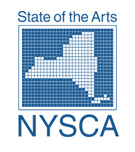
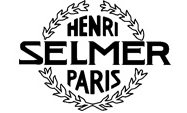

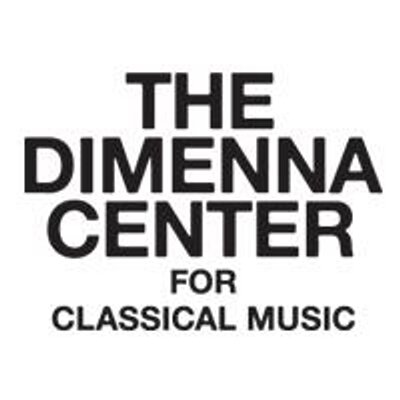
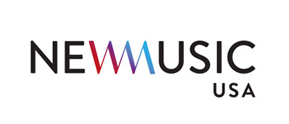
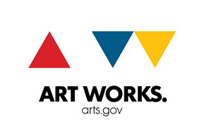
Joseph E. Coleman Northwest Philadelphia Regional Library
68 W Chelten Ave., Philadelphia, PA 19144
June 02, 2018
3:00 PM
FREE: Just Show Up!
Parkway Central Library, Montgomery Hall
Free Library of Philadelphia, 1901 Vine Street Philadelphia PA 19103
June 04, 2018
6:30 PM
FREE: Just Show Up!
Christ & St. Stephen's Church
120 W 69th St., New York, NY 10023
June 03, 2018
3:00 PM
$22 General Admission / $17 Seniors, Children, and Students (with ID), $3 more at the door

